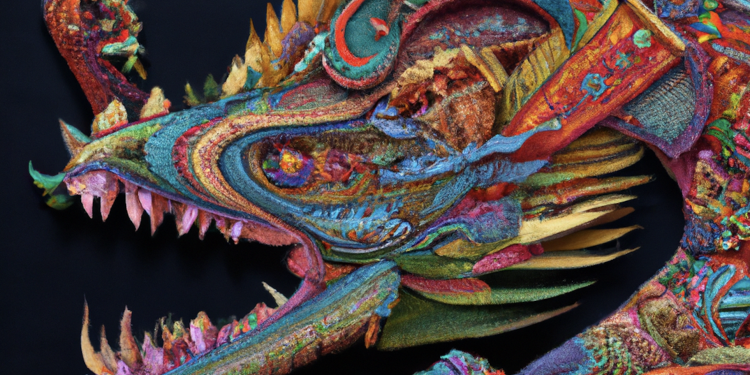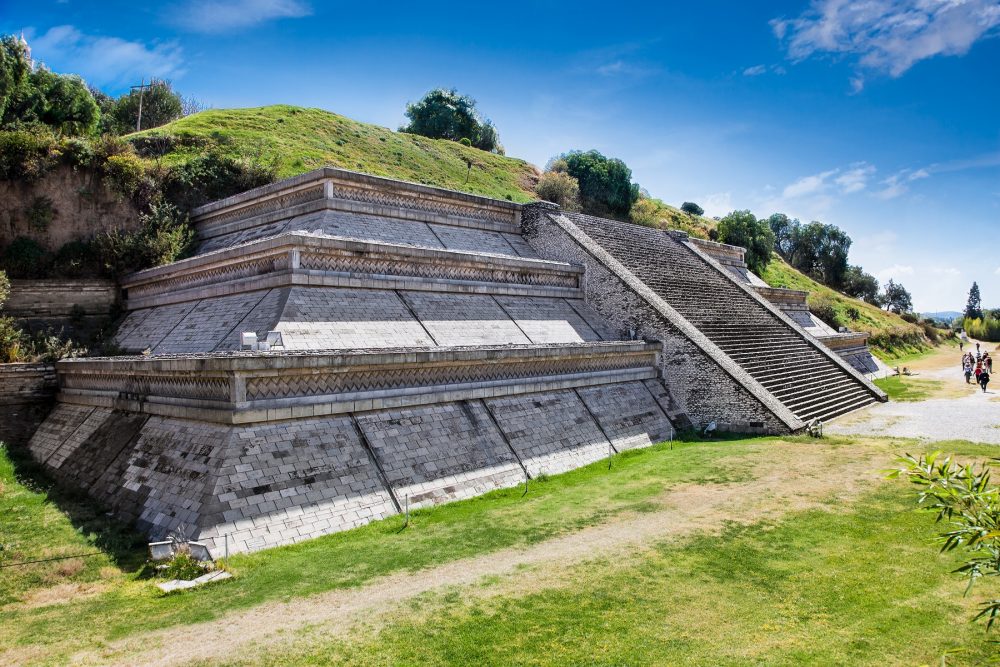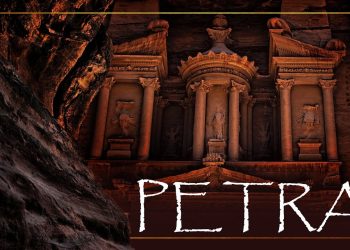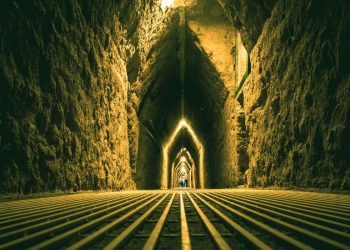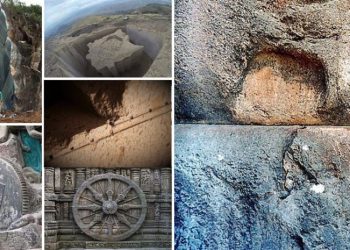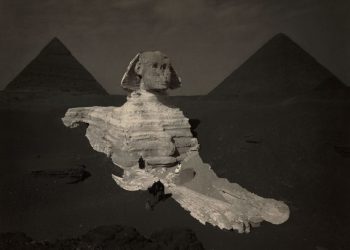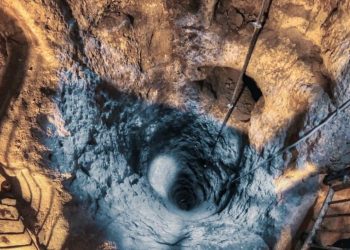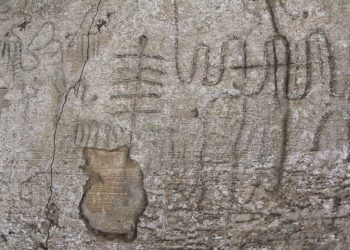One of my favorite Mesoamerica deities is, without a doubt, Quetzalcoatl. But who is Quetzalcoatl? His name means “Feathered Serpent” in the Nahuatl language, is one of the most important and well-known deities in ancient Mesoamerican cultures. Primarily associated with the Aztec and Toltec civilizations, this divine figure embodies a complex fusion of serpent and bird imagery and carries rich symbolic meanings.
Quetzalcoatl: The God of Wind, Wisdom, and Creation
Quetzalcoatl is recognized as the god of wind, wisdom, and creation. In some traditions, he is credited with the creation of mankind and the birth of civilization. He also presided over such matters as learning, agriculture, science, and the arts.
The imagery of a feathered serpent represents the dual nature of Quetzalcoatl, embodying the earth’s connection with the sky. His depiction often features the body of a serpent adorned with feathers, symbolizing the fusion of earthly and heavenly elements.
Quetzalcoatl in Different Mesoamerican Cultures
In Aztec tradition, the feathered serpent was associated with the wind and the planet Venus. He was viewed as a force of creation and destruction and was often linked to Ehecatl, the wind god.
The Toltecs considered Quetzalcoatl as a historical figure, a ruler, and a priest-king who brought enlightenment and civilization. Some accounts even portray him as a divine ruler who opposed human sacrifice.
Known as Kukulkan to the Maya, the feathered serpent deity held similar significance in their culture, being associated with creation, wind, and wisdom.
Historical and Mythical Perspectives
According to legend, Quetzalcoatl was tricked by the god Tezcatlipoca into disgrace. He subsequently left Tula, promising to return. This tale later influenced the Aztecs’ reception of the Spanish conquistadors, as some believed Hernán Cortés to be the returned Quetzalcoatl.
The figure of Quetzalcoatl continues to influence modern Mexican art and culture. His image appears in various forms of artwork, literature, and cultural celebrations, signifying his enduring legacy.
As a principal deity in various Mesoamerican religious practices, Quetzalcoatl occupied an important role in rituals, ceremonies, and the mythology that shaped these ancient civilizations.
A Symbol of Enduring Fascination
Quetzalcoatl’s multifaceted nature and enduring significance make him one of the most captivating figures in Mesoamerican mythology. His various roles as a god of wind, wisdom, and creation and his unique feathered serpent imagery reveal a complex understanding of the interconnectedness of different aspects of life. Today, Quetzalcoatl continues to be a symbol of fascination, inspiring both scholarly interest and artistic expression. Whether considered a myth, a historical figure, or a divine embodiment of natural forces, Quetzalcoatl’s legacy continues to shine.
PLEASE READ: Have something to add? Visit Curiosmos on Facebook. Join the discussion in our mobile Telegram group. Also, follow us on Google News. Interesting in history, mysteries, and more? Visit Ancient Library’s Telegram group and become part of an exclusive group.



